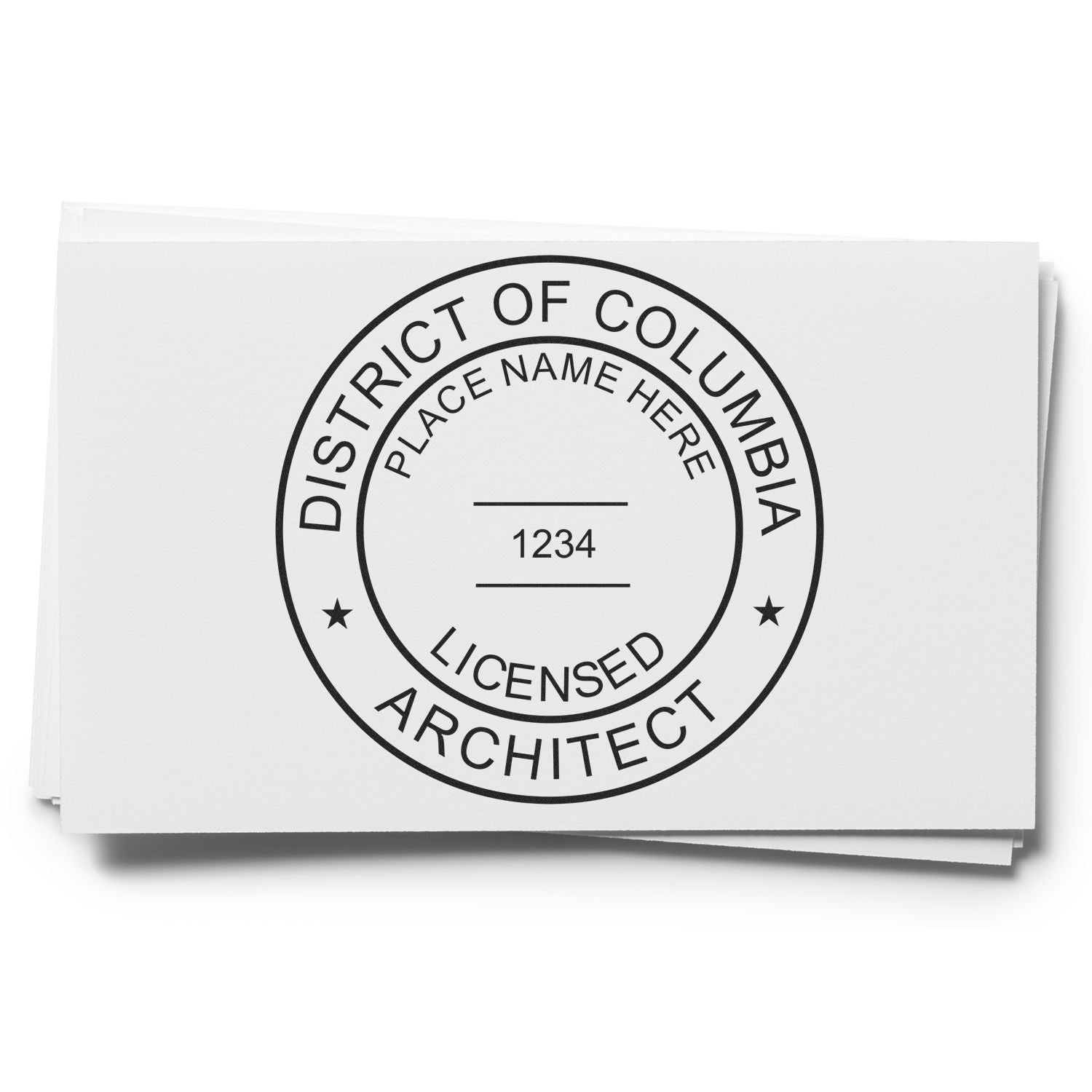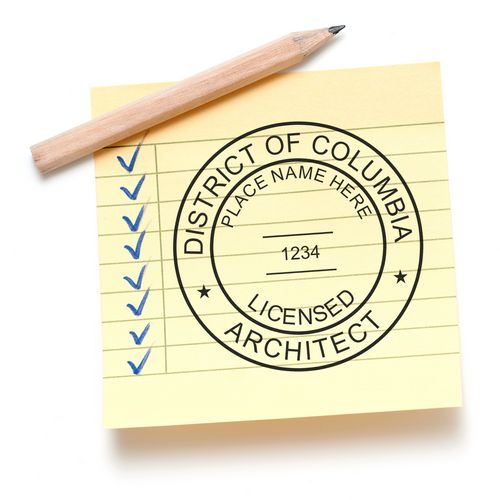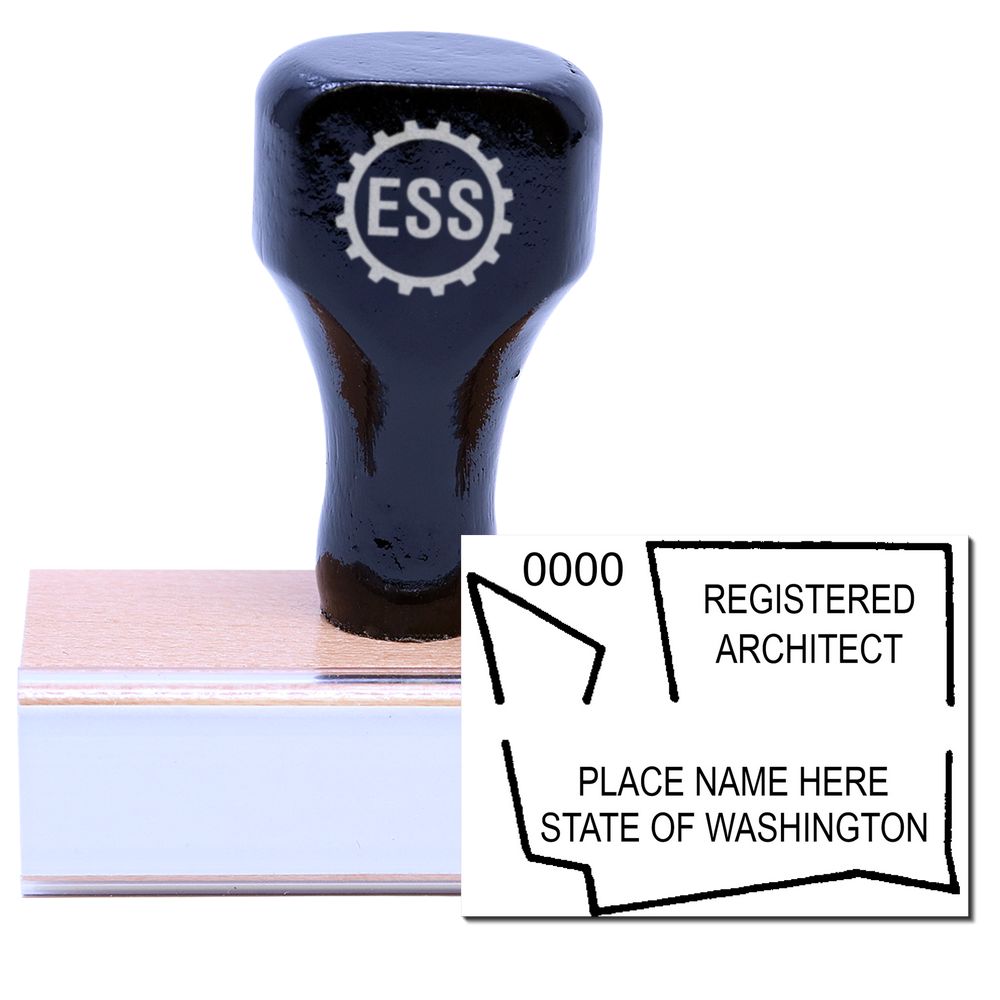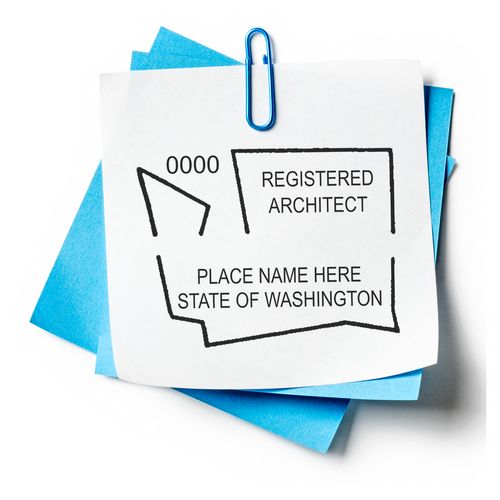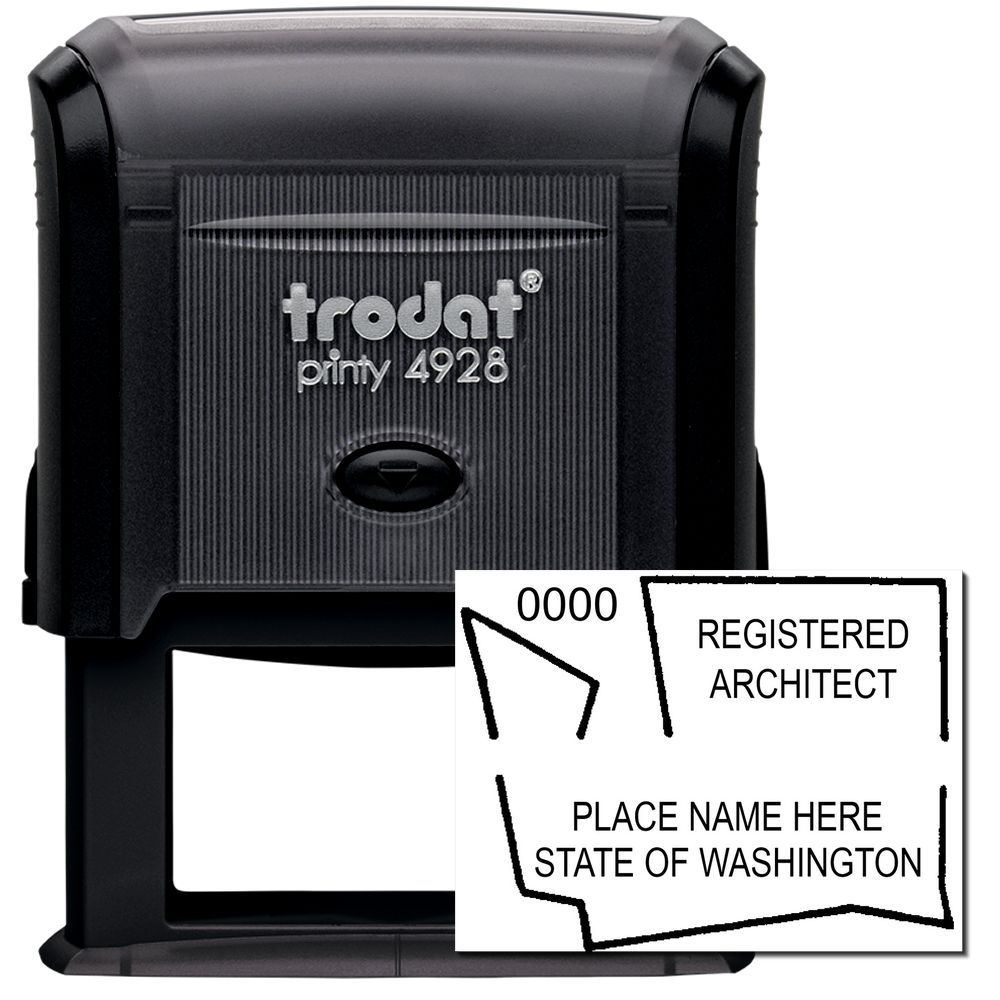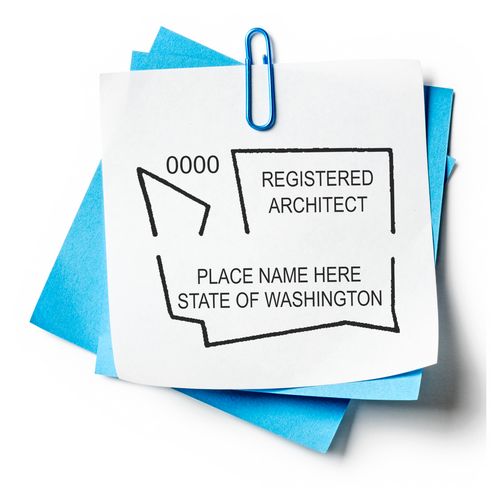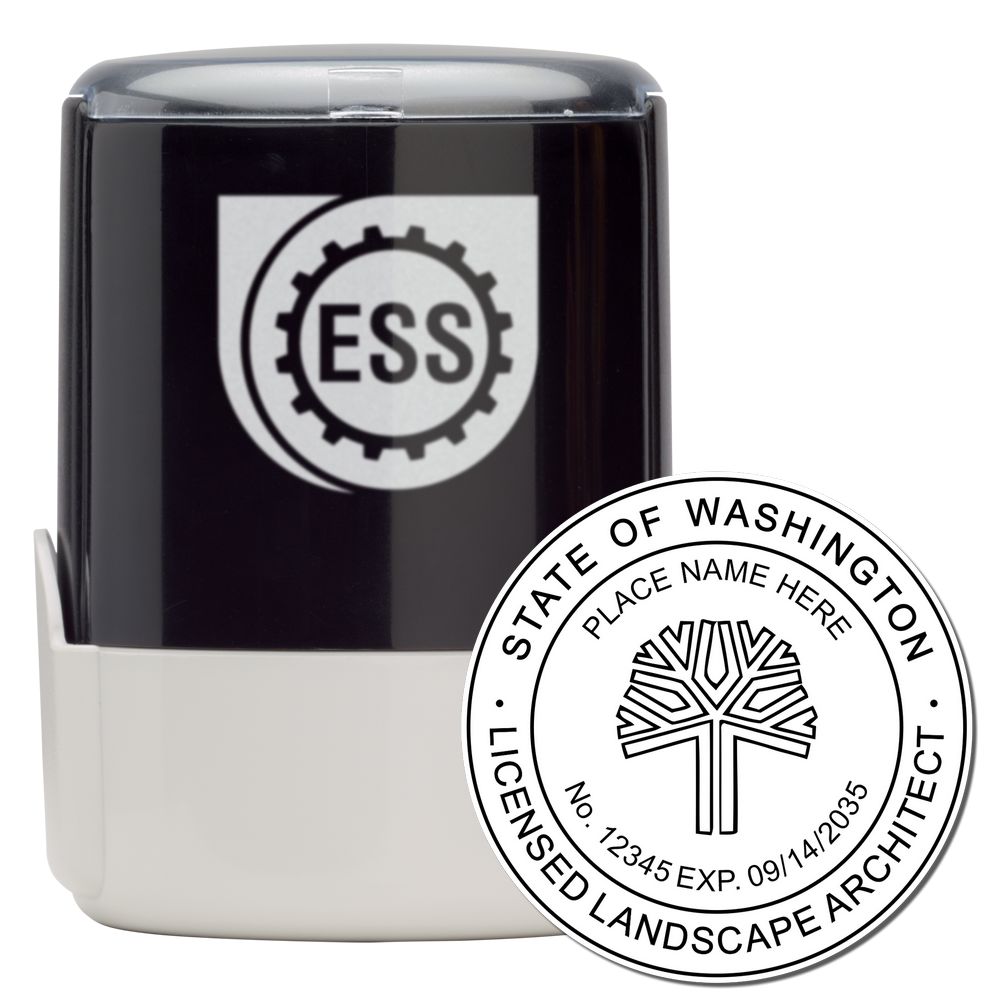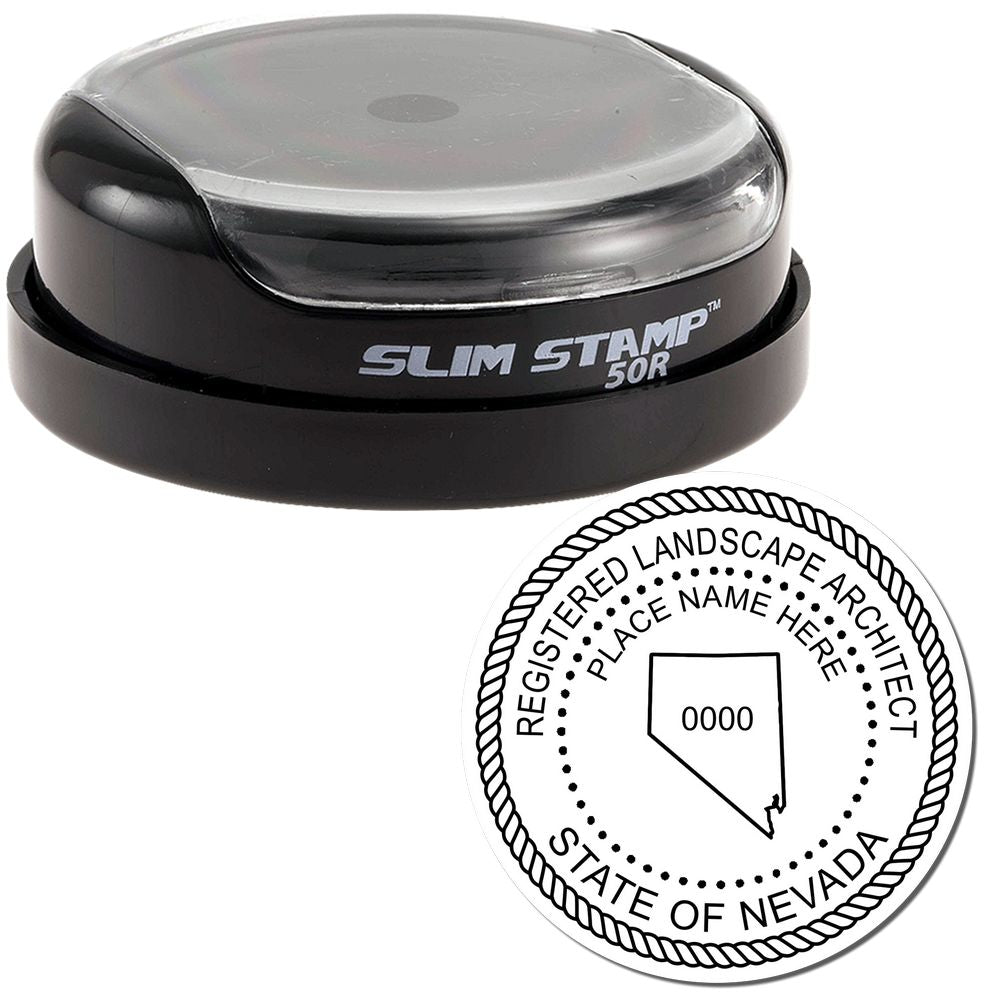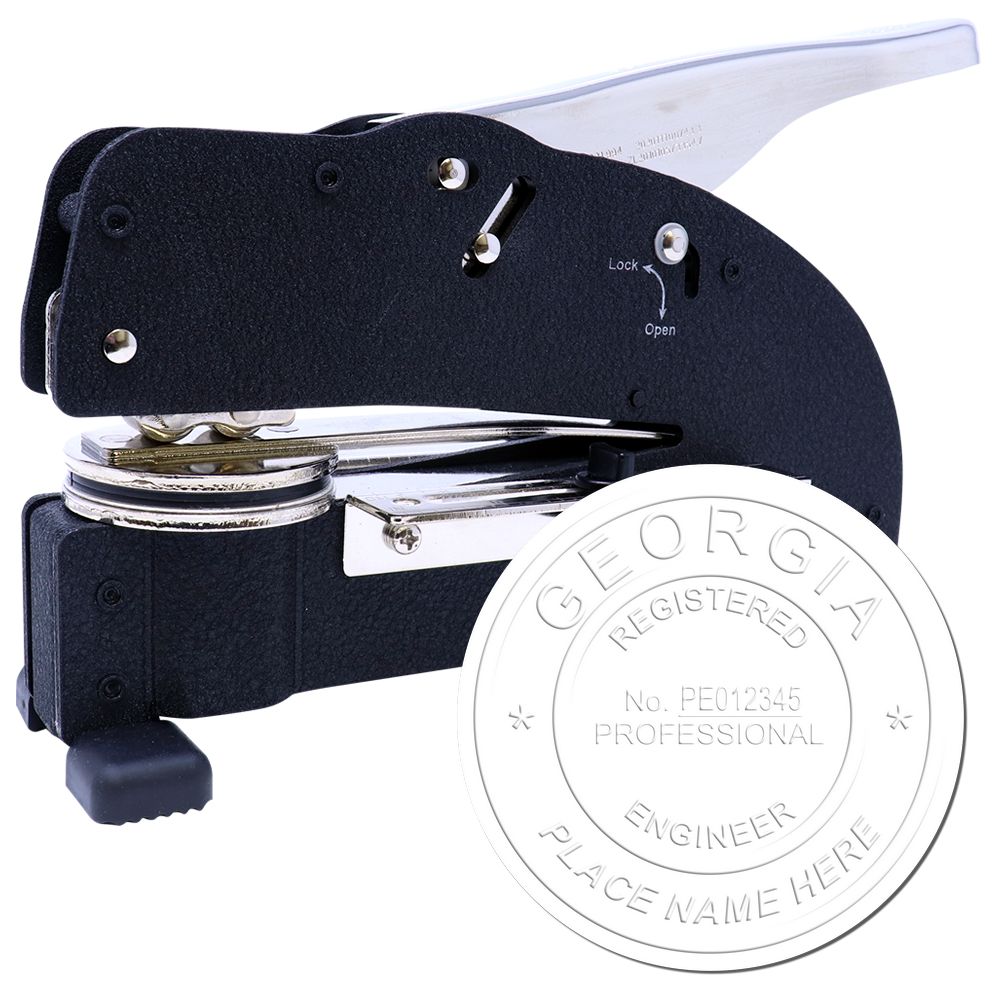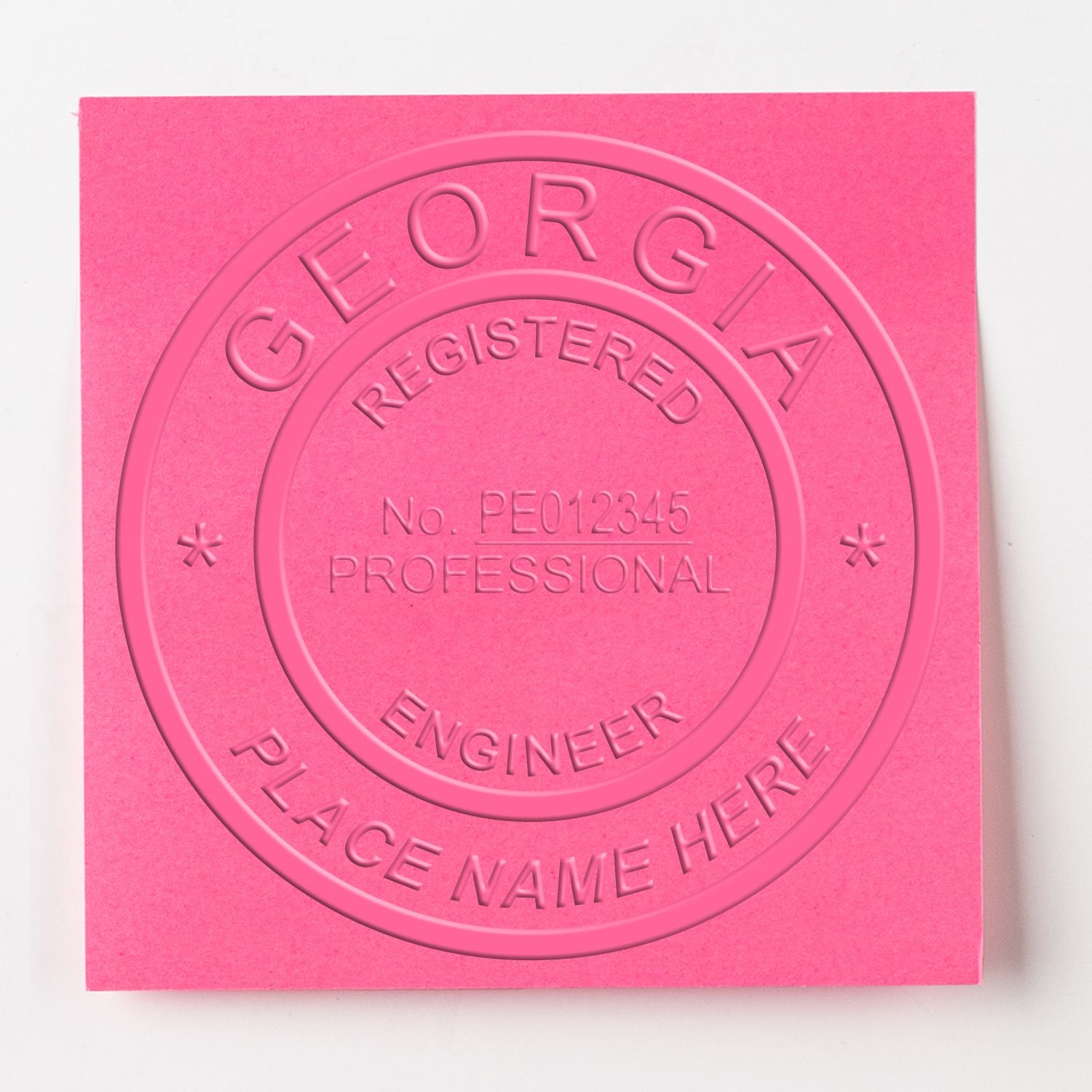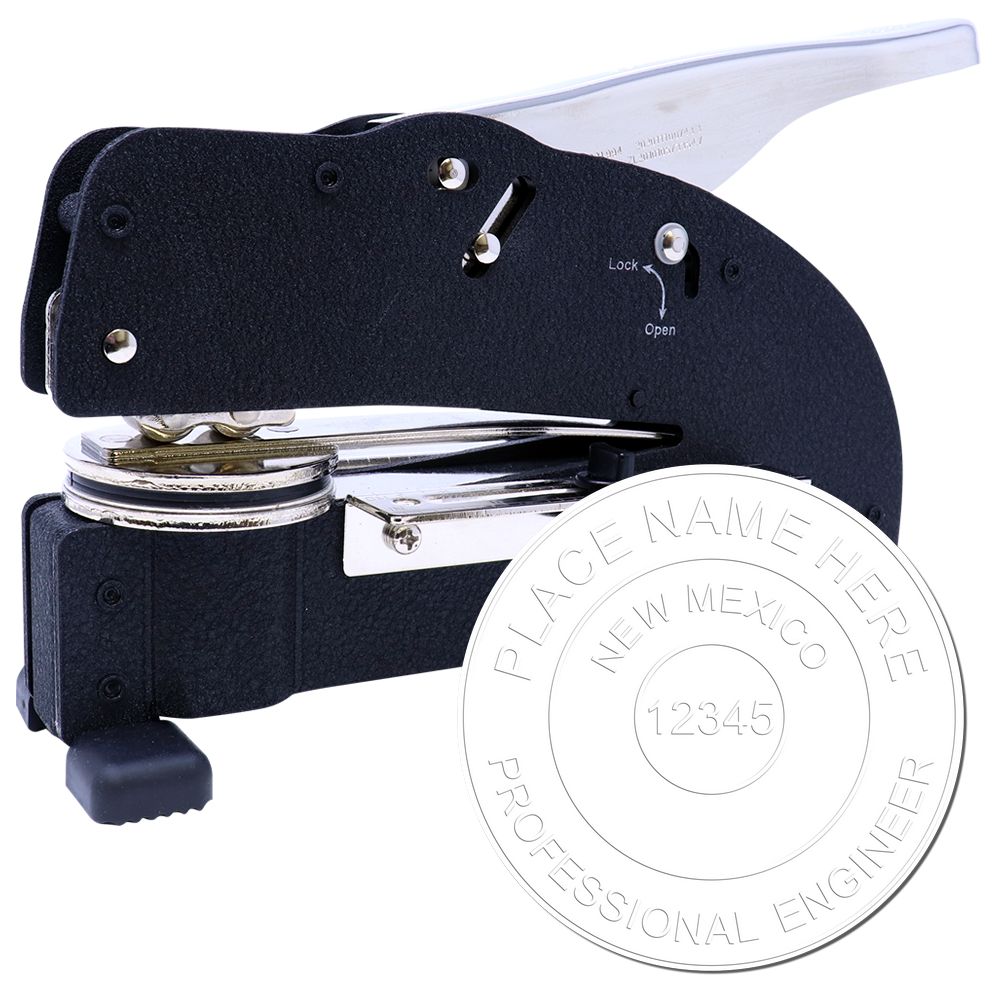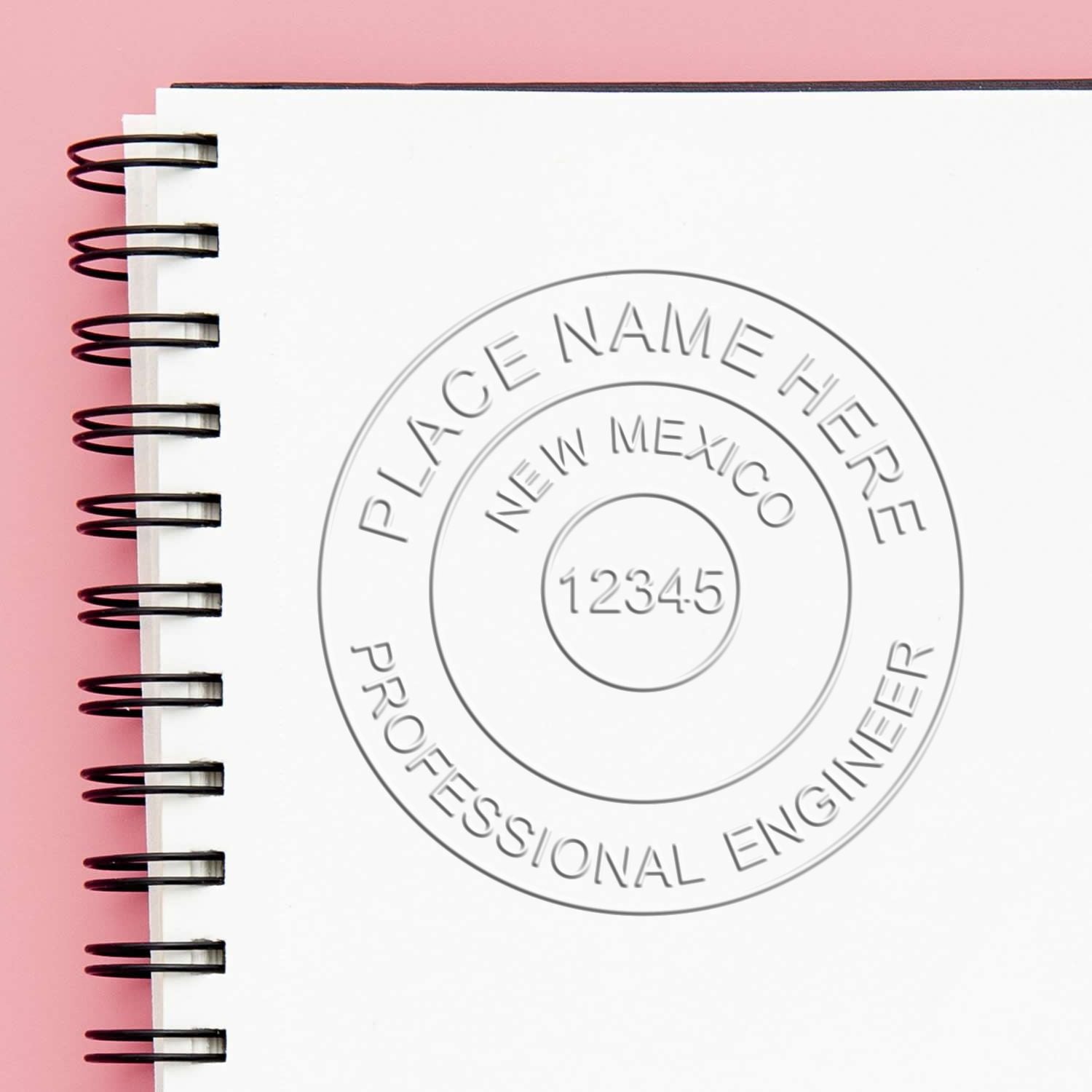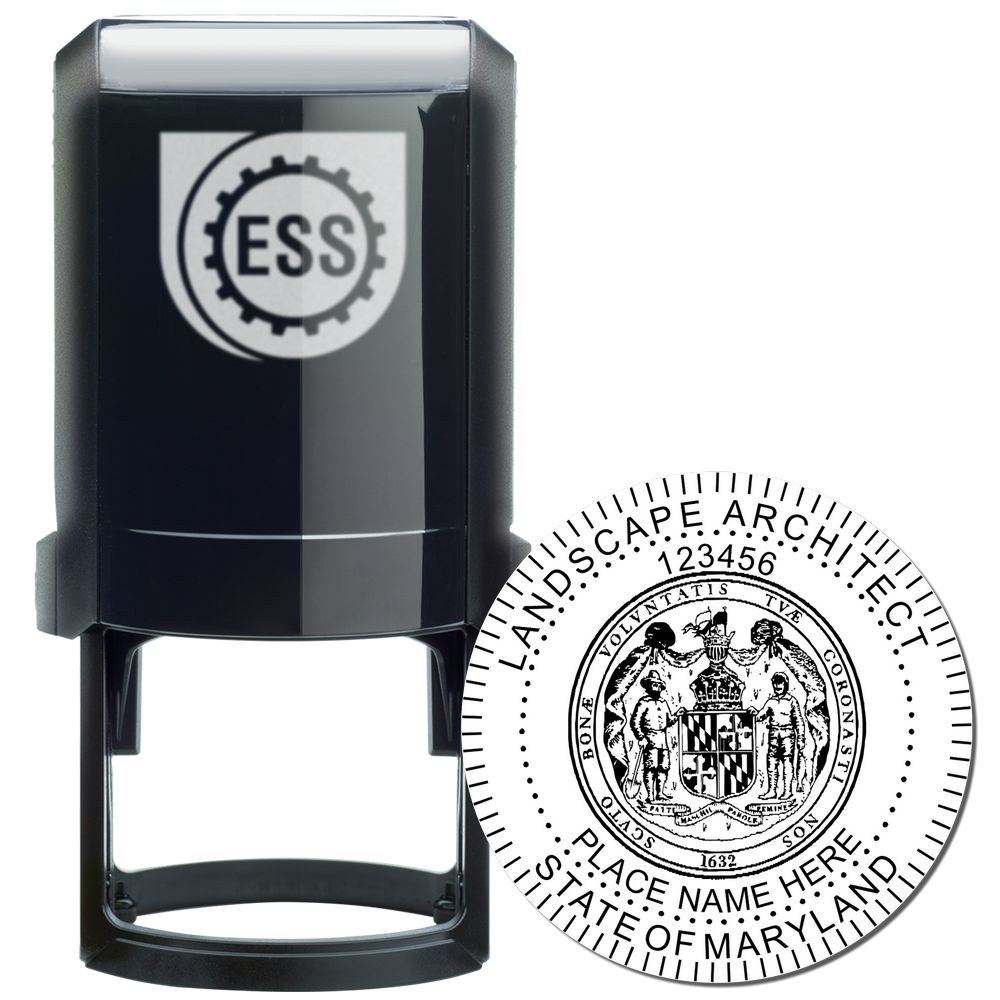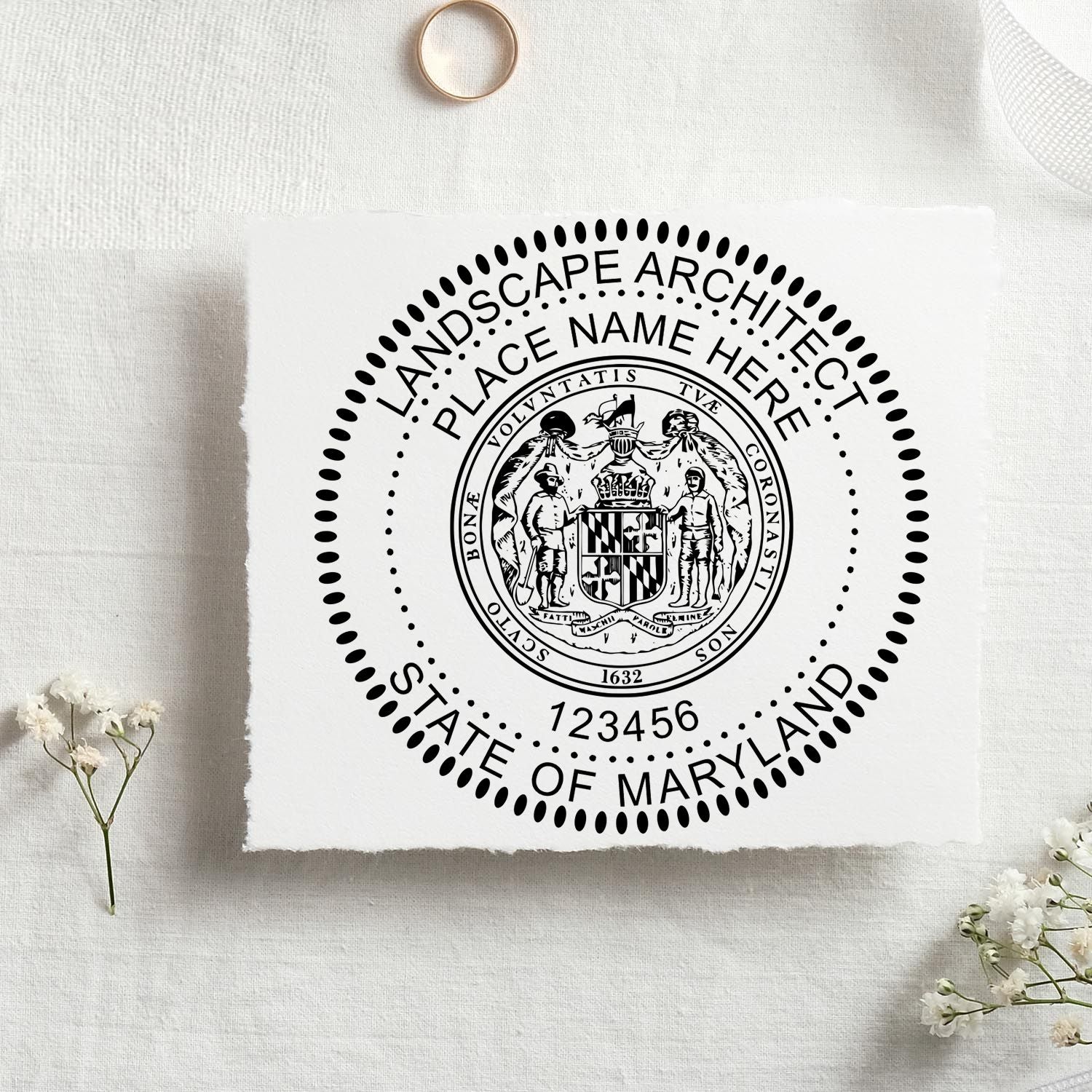Understanding Architect Seals
Architect seals play a crucial role in the field of architecture, serving as an official mark of approval and authentication. In the District of Columbia (DC), architect seals are subject to specific guidelines that must be followed. This section will highlight the importance of architect seals and provide an overview of the District of Columbia architect seal guidelines.
The Importance of Architect Seals
Architect seals hold significant importance in the architectural profession. They serve as a visual representation of an architect's credentials, expertise, and legal authority. By affixing their seal to architectural documents, architects attest to the accuracy, compliance, and adherence to relevant regulations and codes.
Architect seals not only provide assurance to clients and stakeholders but also serve as a form of consumer protection. They enhance the credibility and accountability of architects, ensuring that their work meets the required standards and regulations. Additionally, architect seals are often necessary for obtaining permits, securing contracts, and fulfilling legal obligations.
Overview of District of Columbia Architect Seal Guidelines
In the District of Columbia, architect seals must adhere to specific guidelines outlined by the District of Columbia Board of Architecture, Interior Design, and Landscape Architecture. These guidelines ensure consistency, legibility, and standardization of architect seals across the jurisdiction.
The District of Columbia architect seal guidelines cover various aspects, including size, shape, content, and imprint specifications. Architects must carefully consider these guidelines when designing and ordering their architect seals. For detailed information on DC architect seal requirements, you can refer to our article on DC architect seal requirements.
To provide a quick overview, here are some key points from the District of Columbia architect seal guidelines:
Size and Shape Requirements
Architect seals in the District of Columbia should have a circular shape with a diameter of 1 3/4 inches. The circular shape ensures consistency and uniformity among architect seals. It's important to adhere to the specified size to meet the DC guidelines accurately.
Content and Information to Include
The architect seal should contain specific information to identify the architect and their credentials. This typically includes the architect's name, professional title, license or registration number, and the words "Registered Architect" or "Architect" or an abbreviation thereof.
The District of Columbia guidelines may have specific requirements regarding the size, placement, font, and style of the text. Architects should refer to the official guidelines or consult with the District of Columbia Board for precise information.
For a detailed understanding of the imprint specifications, it is recommended to review our article on DC architect seal imprint specifications.
By understanding the importance of architect seals and familiarizing themselves with the District of Columbia architect seal guidelines, architects can ensure compliance and professionalism in their architectural practice within the jurisdiction.
Design and Specifications
When it comes to architect seals in the District of Columbia (DC), it's important to adhere to specific design and specifications as outlined by the DC Architect Seal Guidelines. These guidelines ensure consistency and professionalism in the use of architect seals.
Size and Shape Requirements
The DC Architect Seal Guidelines specify the size and shape requirements for architect seals. The seal should have a diameter of 1 ¾ inches and be circular in shape. It's important to adhere to these dimensions to ensure compliance with the guidelines.
Content and Information to Include
Architect seals in the District of Columbia must include specific content and information to be considered valid. The following details should be included on the seal:
- The architect's full name as it appears on their license.
- The architect's registration or license number.
- The words "Registered Architect" or "Architect".
- The words "District of Columbia" or the abbreviation "DC".
It's important to double-check that all the required information is present and accurate before using the seal. This ensures that the seal complies with the DC Architect Seal Guidelines and accurately represents the architect's credentials.
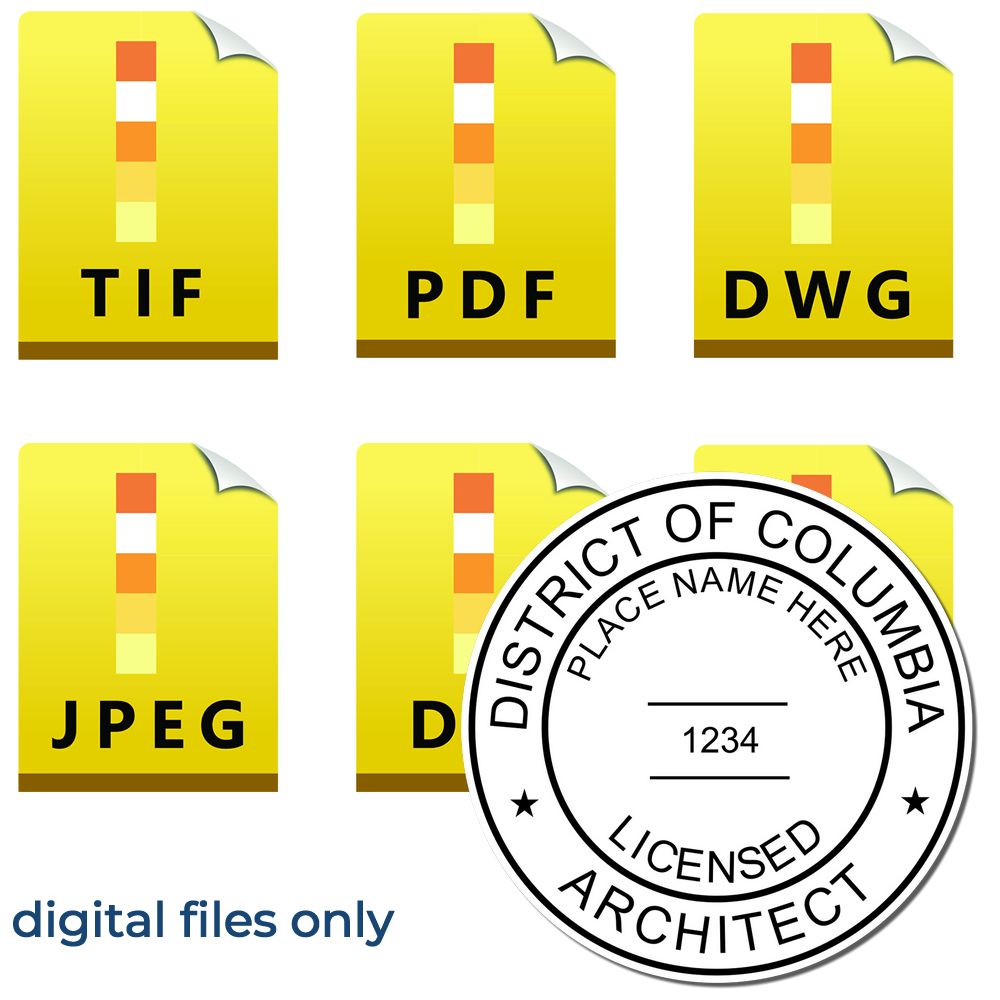
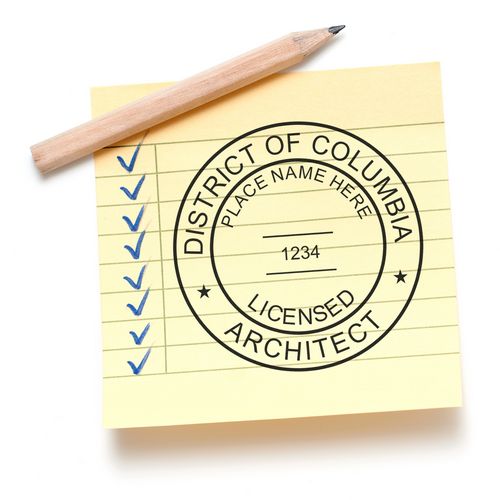
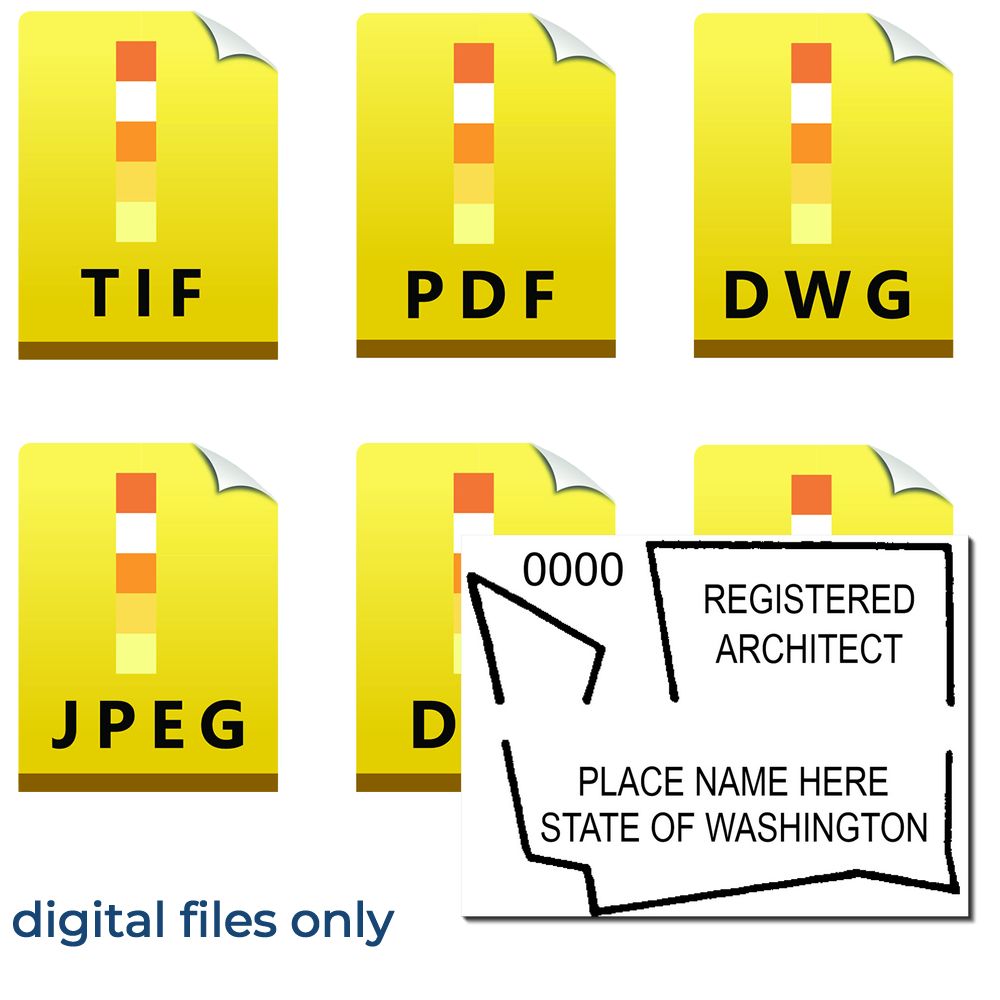
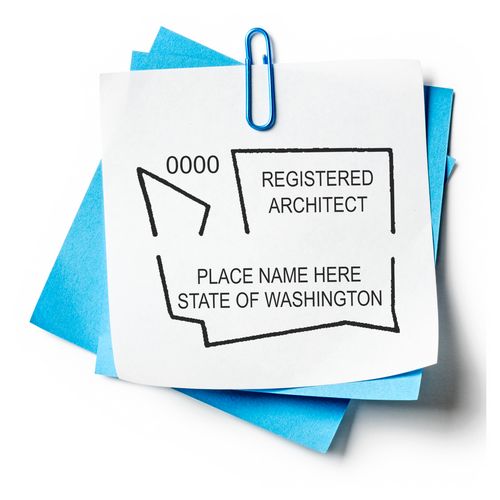
For more detailed information on the specific requirements of architect seals in the District of Columbia, you can refer to our article on DC architect seal requirements.
By adhering to the size and shape requirements and including the necessary information on the architect seal, architects can confidently use their seals in accordance with the DC Architect Seal Guidelines. It's essential to stay up to date with any changes or updates in the guidelines to ensure compliance.
Ordering and Purchasing
When it comes to obtaining an architect seal in the District of Columbia (DC), it's important to know where to order and consider certain factors before making a purchase. This section will guide you through the process of acquiring your architect seal.
Where to Order Architect Seals
To ensure compliance with the District of Columbia architect seal guidelines, it is recommended to order your architect seal from reputable and authorized sources. These sources may include licensed stamp manufacturers or online vendors specializing in architect seals.
When purchasing an architect seal, it's important to verify that the supplier follows the DC architect seal requirements to ensure the seal meets the necessary standards. By doing so, you can be confident that your seal will be accepted by the relevant authorities. For more information on the specific requirements, refer to our article on DC architect seal imprint specifications.
Considerations for Purchasing
Before making a purchase, there are a few key considerations to keep in mind:
-
Quality and Durability: Ensure that the architect seal you choose is made of high-quality materials to guarantee its longevity. A sturdy and durable seal will withstand regular use and maintain its integrity throughout your career.
-
Imprint Size: The District of Columbia architect seal guidelines specify the required size for the seal imprint. It's crucial to select a seal that meets these specifications to ensure your seal is valid. Refer to our article on District of Columbia architect stamps for more details.
-
Expiration Date: Keep in mind that architect seals in DC may have an expiration date. It's important to be aware of this date to ensure that your seal remains valid. For more information on expiration dates, consult our article on DC architect stamp expiration.
-
Pricing and Delivery: Compare prices from different suppliers to find a balance between quality and affordability. Additionally, consider the delivery time and any associated costs to ensure that your architect seal arrives in a timely manner.
By carefully considering these factors, you can make an informed decision when purchasing your architect seal, ensuring that it meets the necessary requirements and standards set forth by the District of Columbia.
Certification and Registration
To practice architecture in the District of Columbia, architects must meet certain licensing requirements and follow the guidelines set forth by the District of Columbia Architect Seal. This section will provide an overview of the architectural licensing requirements and the process of registering your architect seal.
Architectural Licensing Requirements
Before obtaining an architect seal in the District of Columbia, architects must fulfill specific licensing requirements. These requirements typically include completing a professional degree in architecture, gaining relevant work experience, and passing the Architect Registration Examination (ARE). Additionally, architects must also meet the District of Columbia Board of Architecture's specific requirements, which may include demonstrating knowledge of local building codes and ordinances.
Architects should consult the DC Architect Seal Requirements to ensure they meet all the necessary qualifications for licensure. It is essential to maintain an active architectural license to continue practicing in the District of Columbia.
Registering Your Architect Seal
Once an architect has obtained their license, they need to register their architect seal with the appropriate authorities. The architect seal serves as an official stamp of approval on documents, indicating the architect's professional involvement in the project.
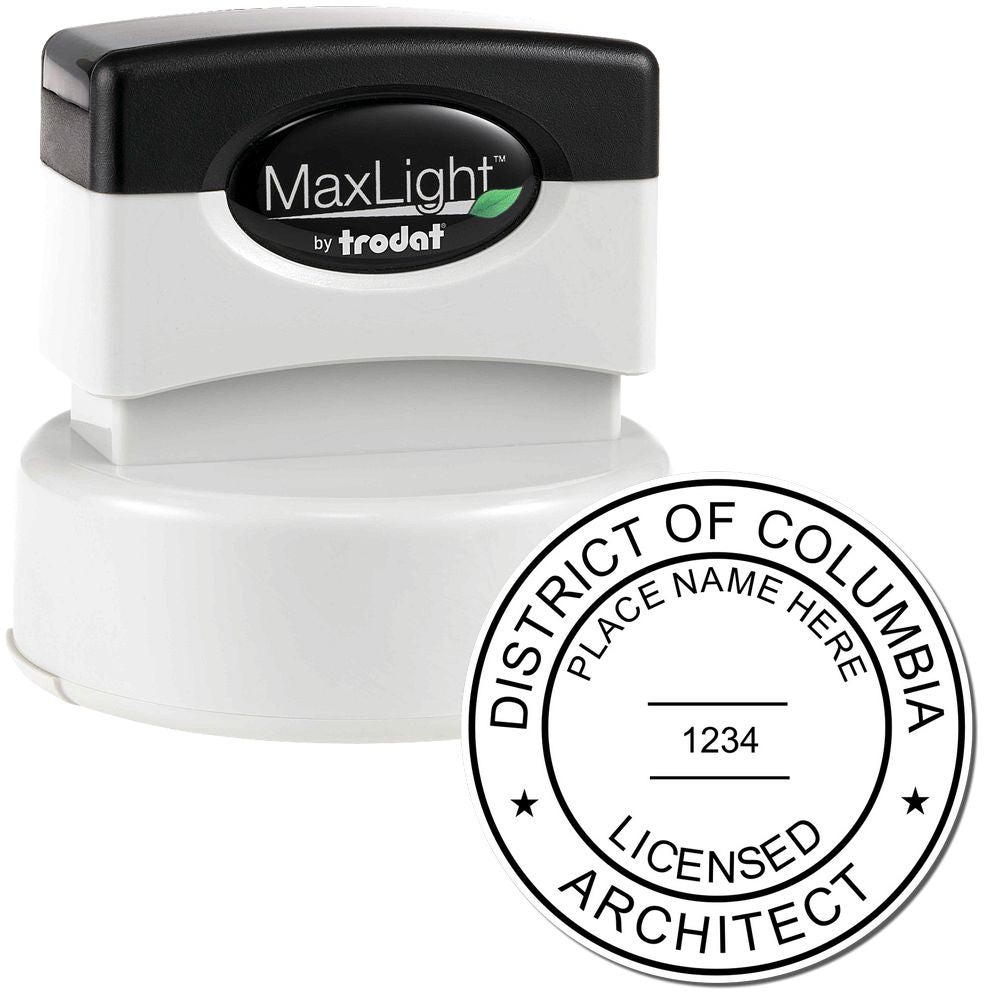
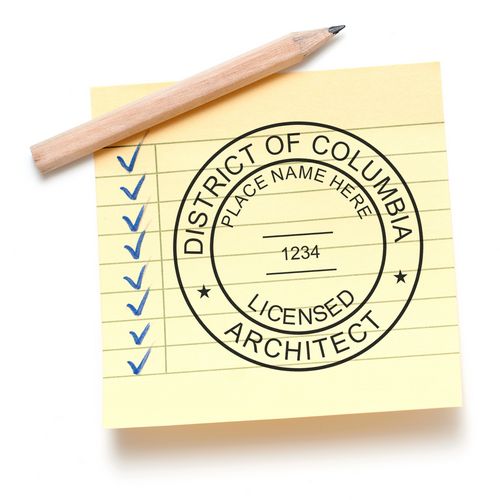
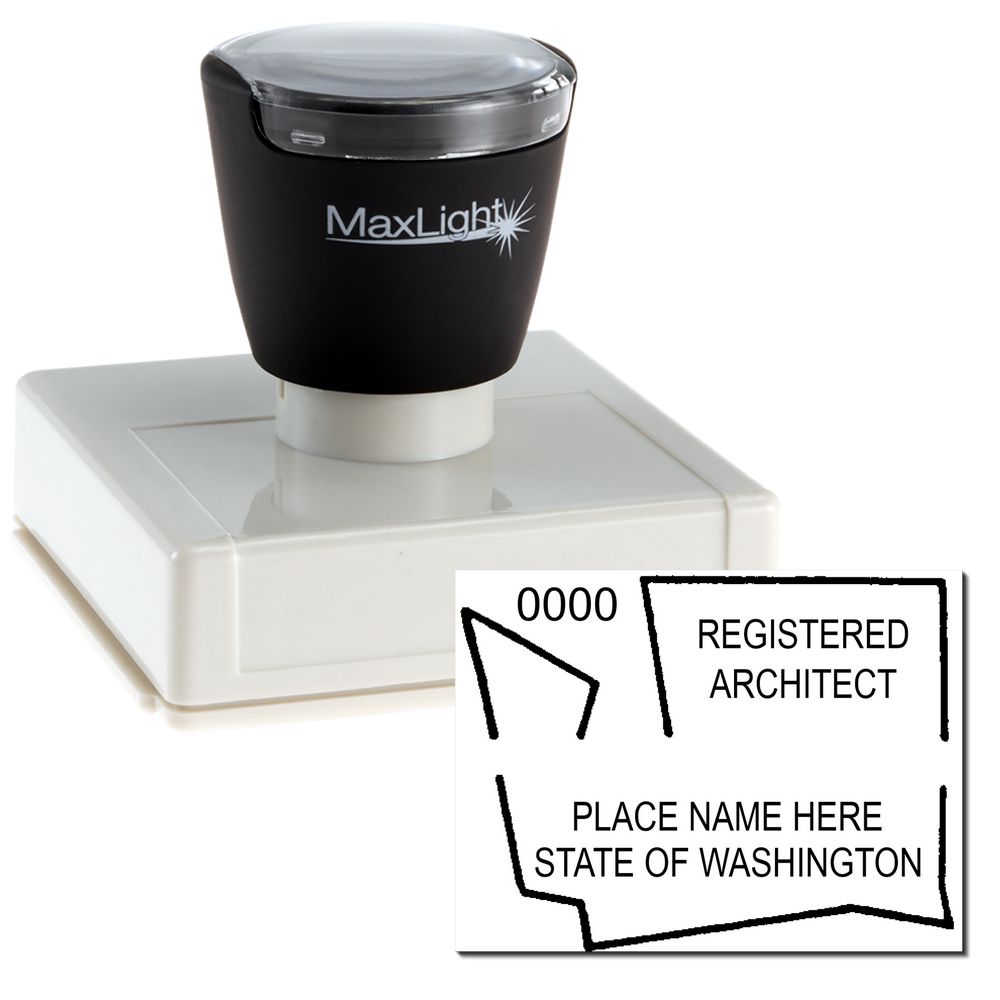
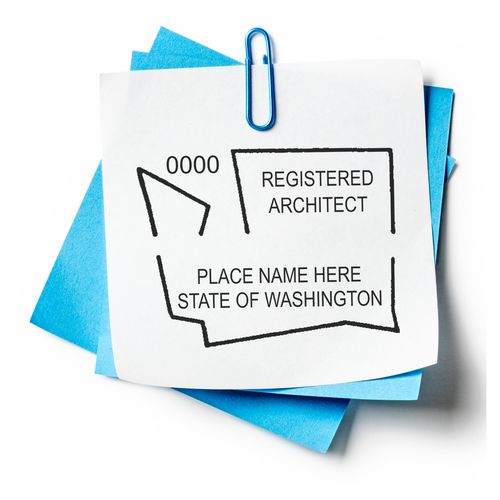
To register your architect seal, you will need to provide the necessary information and documentation specified by the District of Columbia. This may include personal information, proof of licensure, and other relevant details. It is crucial to follow the guidelines outlined by the District of Columbia Architect Seal to ensure compliance.
For detailed information on the specific dimensions and specifications for imprinting the architect seal, architects can refer to the DC Architect Seal Imprint Specifications.
By understanding and adhering to the architectural licensing requirements and registering your architect seal correctly, you can ensure compliance with the District of Columbia regulations. Remember to stay informed about any updates or changes to the guidelines to maintain the validity of your seal. If you have any specific questions or concerns regarding your architect seal, consult the Frequently Asked Questions section for more information.
Proper Usage and Care
To ensure the integrity and professionalism of your work as an architect, it's essential to understand the proper usage and care of your architect seal. This section will guide you through the steps for using the architect seal correctly and provide information on maintenance and replacement.
Using the Architect Seal
When using your architect seal, it's important to follow the District of Columbia (DC) Architect Seal Guidelines to maintain compliance with the regulations. Here are a few key points to keep in mind:
-
Imprint Specifications: Familiarize yourself with the DC Architect Seal imprint specifications to ensure that your seal meets the required size, shape, and content standards. Refer to our article on DC architect seal imprint specifications for detailed information.
-
Alignment and Placement: Position the architect seal in a clear and visible location on your architectural drawings, plans, or documents. Ensure that the seal is aligned properly and does not obstruct any critical information.
-
Ink Color: Use the appropriate ink color specified by the DC Architect Seal Guidelines. Typically, black ink is preferred for clarity and legibility.
-
Consistency: Maintain consistency in the application of your architect seal. Use the same seal design and information on all relevant documents to establish a recognizable and professional identity.
Remember, the architect seal represents your professional certification and expertise. It serves as a mark of authenticity and accountability for your architectural work.
Maintenance and Replacement
Proper maintenance and timely replacement of your architect seal are essential to ensure its effectiveness and compliance with DC Architect Seal Guidelines. Here are some key considerations:
-
Care and Handling: Handle your architect seal with care to avoid damage. Store it in a protective case or pouch when not in use to prevent scratches or dents.
-
Cleaning: Regularly clean your architect seal to maintain its clarity and legibility. Use a soft cloth or alcohol wipe to remove any ink residue or debris. Avoid using harsh chemicals or abrasive materials that may damage the seal.
-
Expiration and Renewal: Be aware of the expiration date of your architect seal, as specified by the DC Architect Seal Guidelines. Renew your architect seal in a timely manner to ensure uninterrupted use. For more information on expiration and renewal, refer to our article on DC architect stamp expiration.
-
Replacement: If your architect seal is lost, stolen, damaged beyond repair, or no longer meets the DC Architect Seal Guidelines, you must obtain a replacement seal. Depending on the circumstances, you may need to provide documentation or follow specific procedures. Contact the appropriate authorities or licensing board for guidance on the replacement process.
By adhering to the proper usage guidelines and maintaining your architect seal, you demonstrate professionalism and uphold the standards set forth by the District of Columbia. Taking care of your architect seal not only ensures compliance with regulations but also reflects your commitment to excellence in the field of architecture.
Frequently Asked Questions
Here are some common questions about architect seals in the District of Columbia:
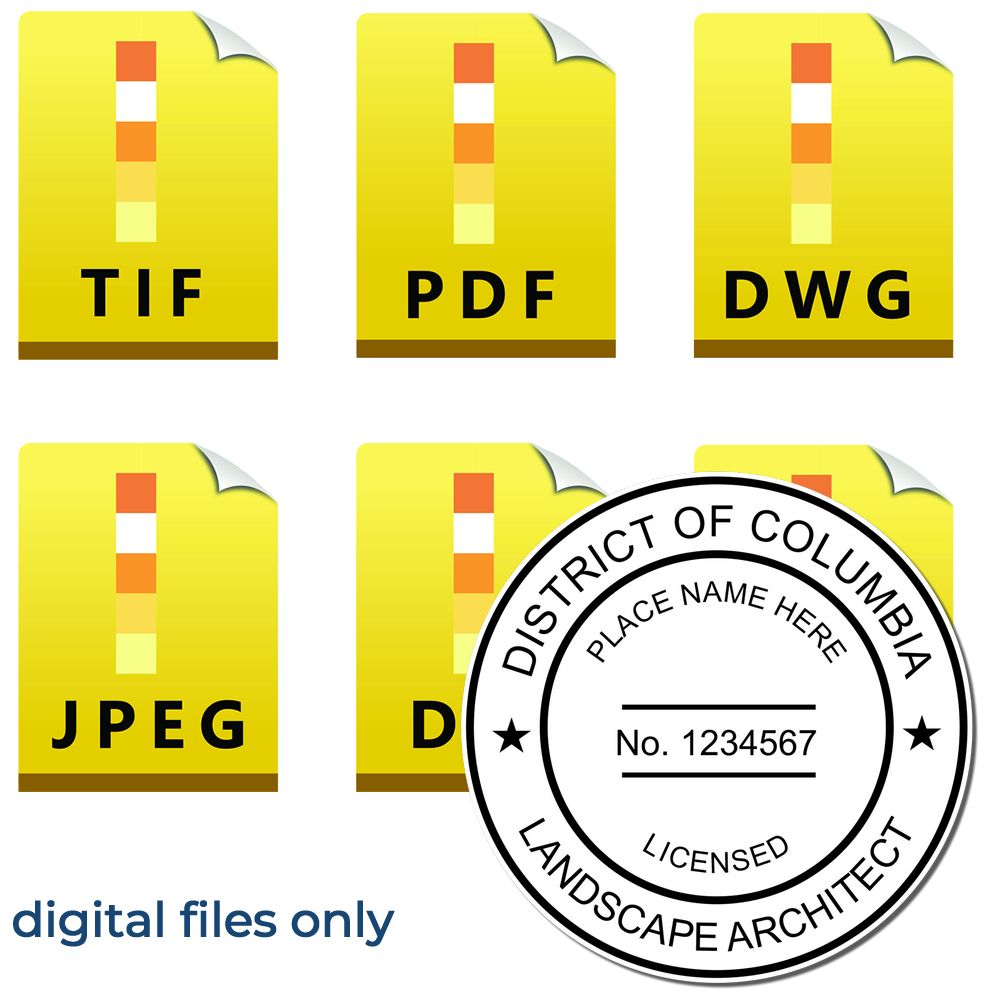
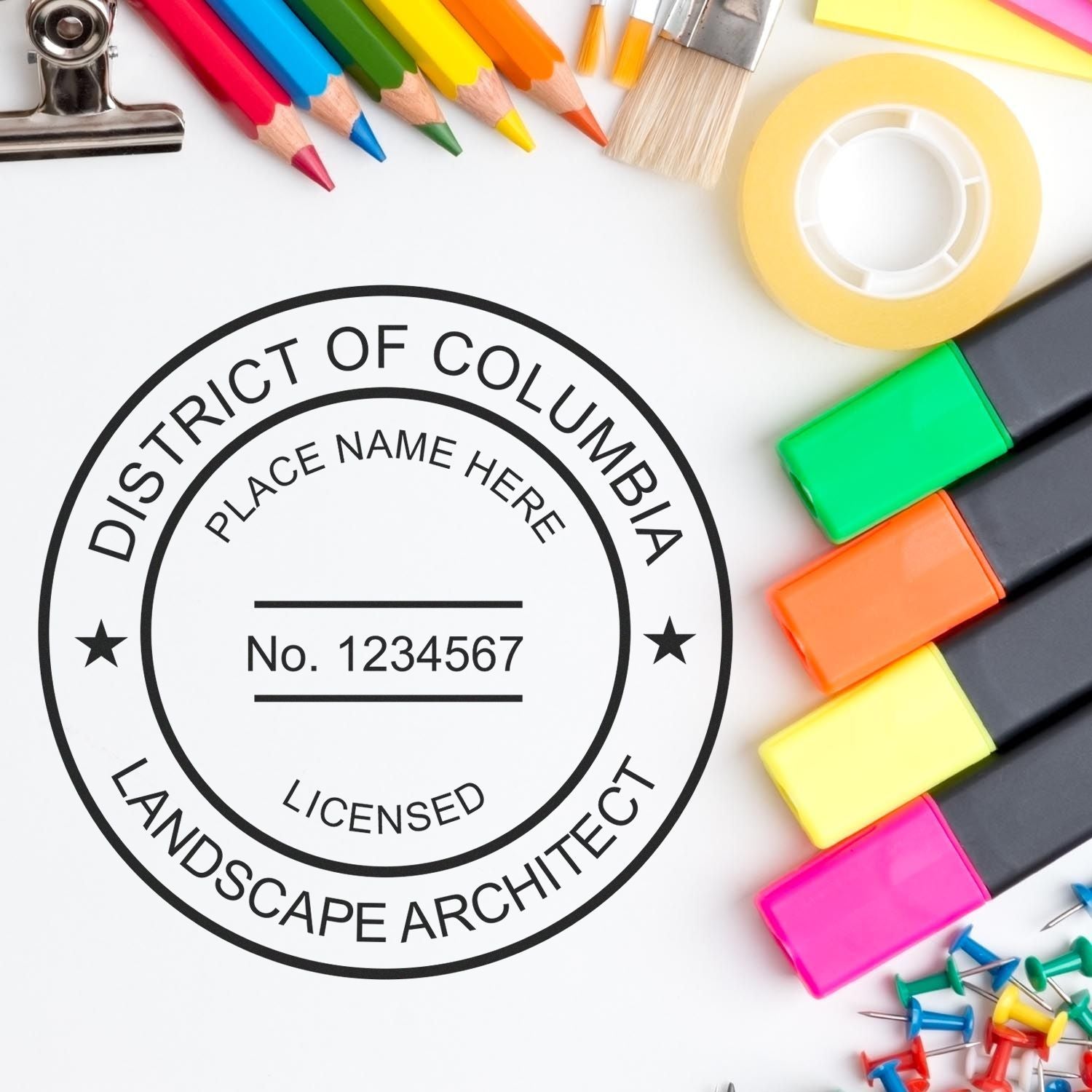
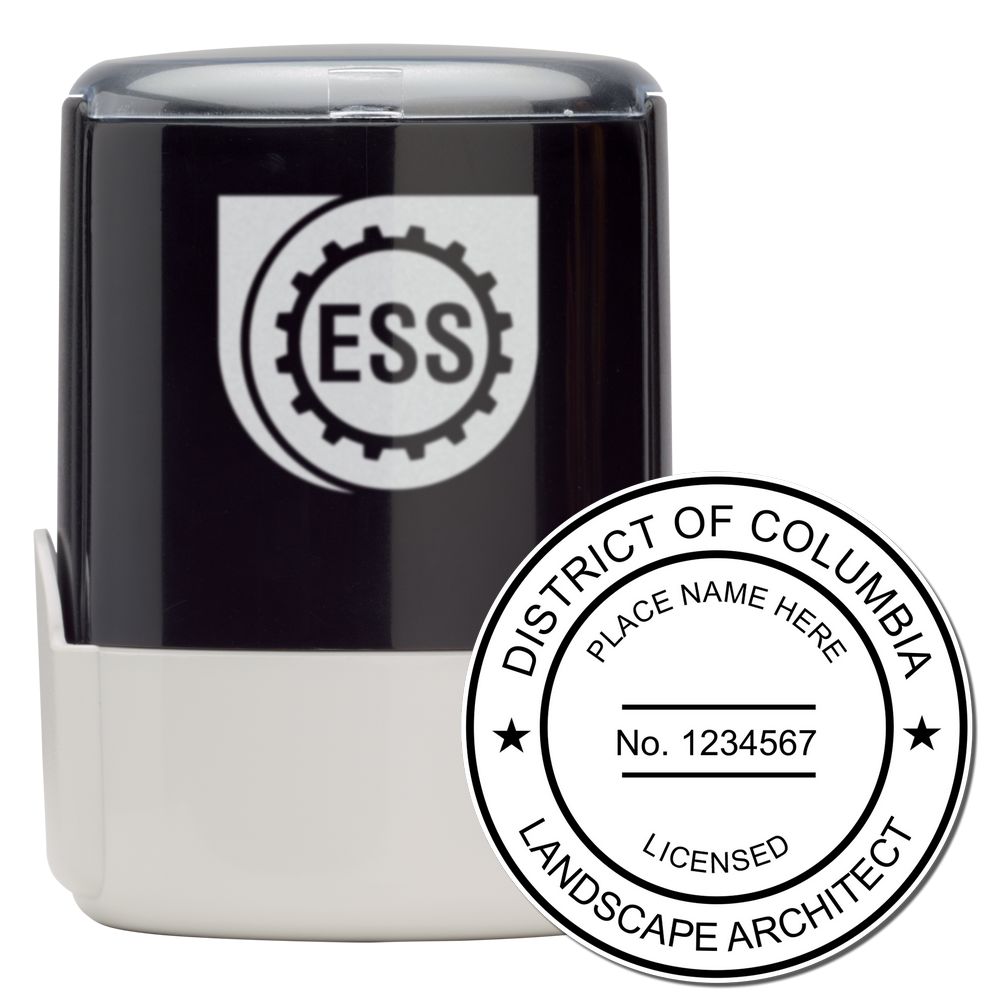
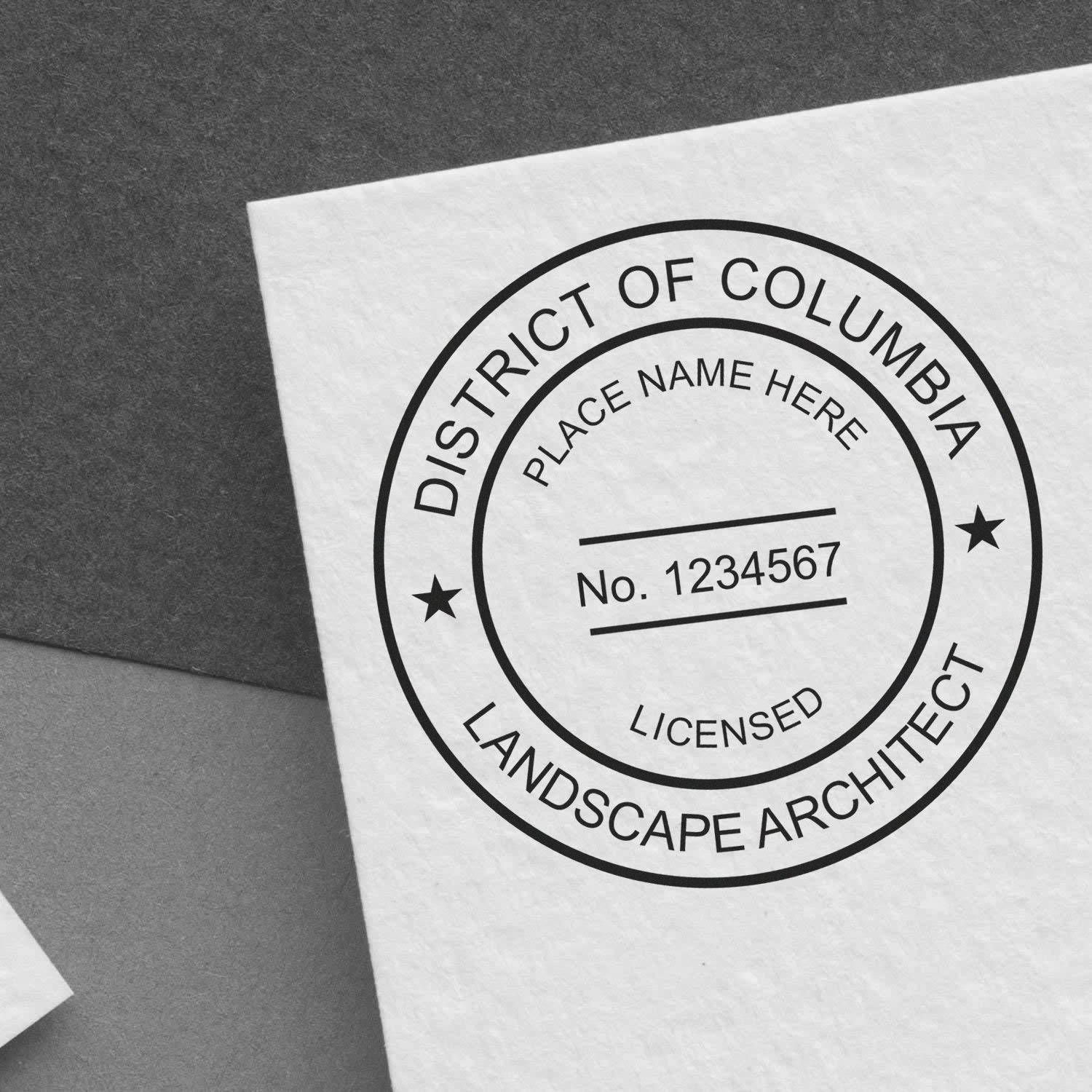
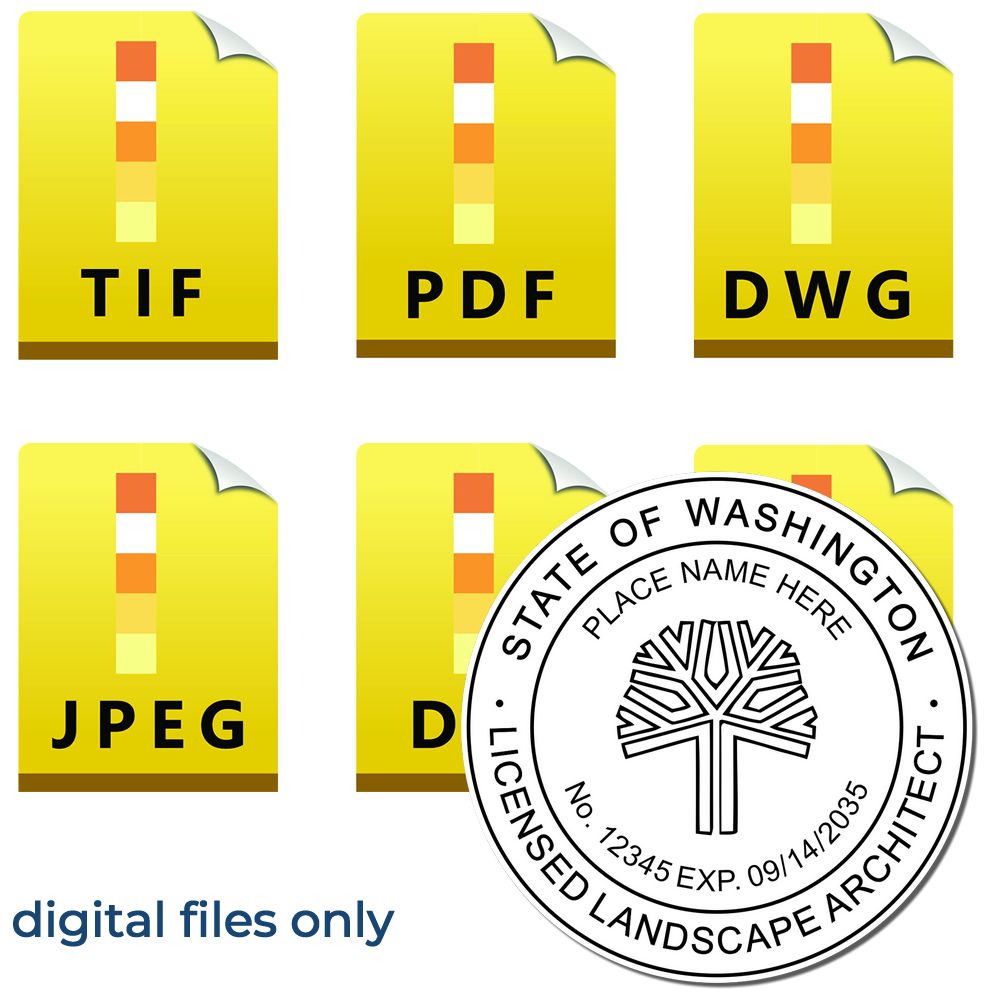
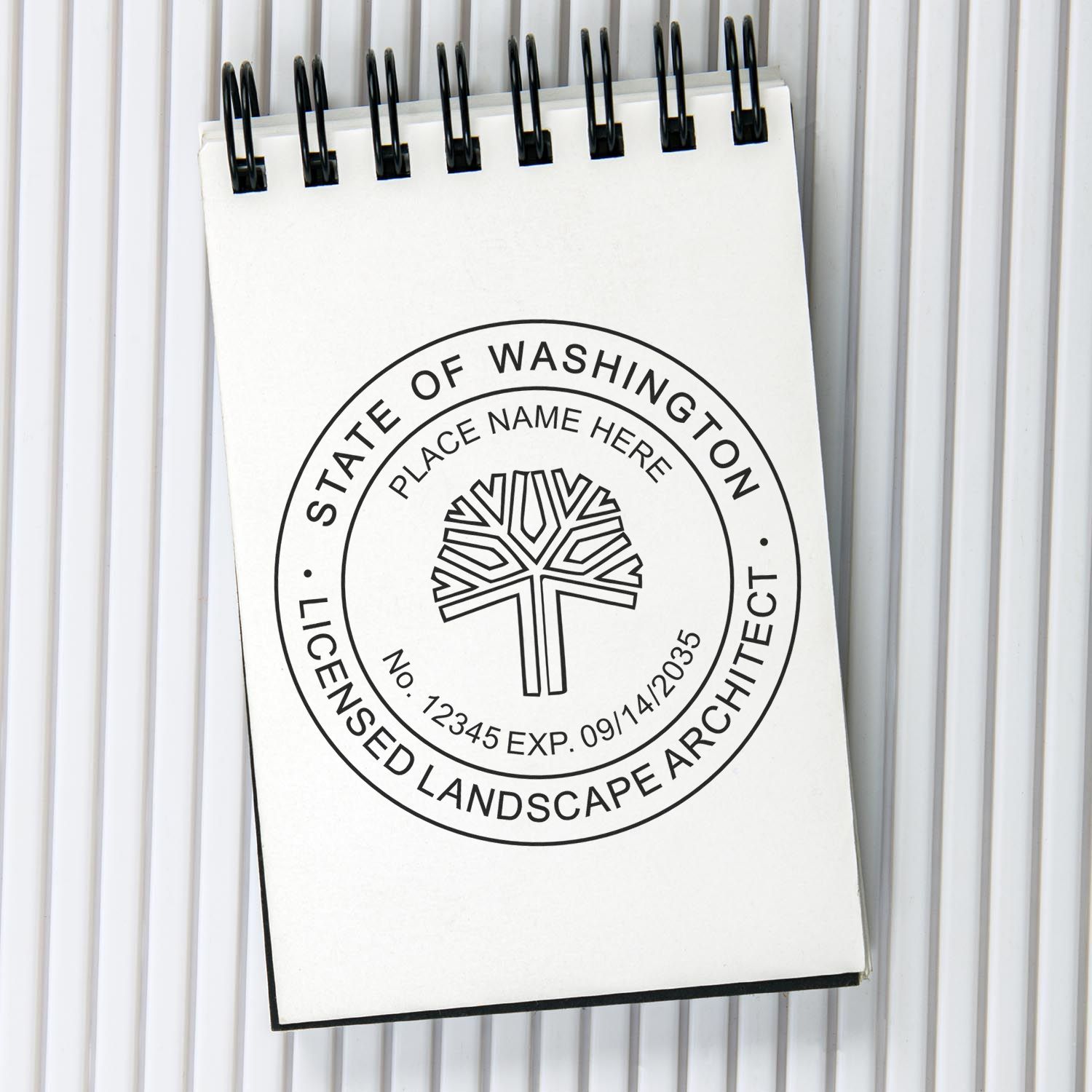
Are there any restrictions on using the architect seal?
Yes, there are certain restrictions on using the architect seal in the District of Columbia. The architect seal should only be used by licensed architects who are authorized to practice architecture in the District of Columbia. It is illegal for anyone else to use the architect seal or to represent themselves as architects without the proper credentials. Violating these restrictions can result in legal consequences. For more information on the requirements for architect seals in the District of Columbia, refer to our article on DC architect seal requirements.
Can I use a digital or electronic seal instead?
Yes, the District of Columbia allows the use of digital or electronic architect seals, provided they comply with the specific requirements outlined by the District. These requirements include the use of a secure digital signature, encryption, and other measures to ensure the authenticity and integrity of the seal. It is important to familiarize yourself with the DC architect seal imprint specifications to ensure your digital or electronic seal meets the necessary standards. For more information on digital or electronic architect seals in the District of Columbia, consult our article on District of Columbia architect stamps.
What should I do if my architect seal is lost or stolen?
If your architect seal is lost or stolen, it is crucial to take immediate action to protect your professional identity. First, report the loss or theft to the appropriate authorities, such as the local law enforcement agency. Additionally, notify the licensing board that issued your architect license and inform them about the situation. They can guide you on the necessary steps to take, which may include obtaining a replacement seal and notifying clients or relevant parties about the incident. Remember to also consider the expiration date of your architect stamp and make necessary arrangements for renewal. Our article on DC architect stamp expiration provides more information on this topic.
By understanding the restrictions, exploring digital options, and knowing what to do in case of loss or theft, architects in the District of Columbia can navigate the guidelines surrounding architect seals with confidence and professionalism.
About ESS
At ESS, we take pride in being the leading makers of custom rubber stamps, professional seals, and notary stamps. With years of experience under our belt, we have honed our skills to perfection, delivering nothing but the best to our valued customers.
Our commitment to quality is second to none, and we go to great lengths to ensure that every product that leaves our doors meets the highest standards. We employ state-of-the-art technology and the latest industry best practices to design and manufacture our products, ensuring their longevity and precision. Our team work tirelessly to create innovative solutions that help our customers achieve their goals quickly and efficiently. We understand the importance of precision and accuracy in our line of work, and we are committed to delivering products that exceed expectations.
At ESS, we believe that our customer service is just as important as the quality of our products. We are dedicated to providing exceptional customer service, and we take the time to listen to our customers' needs and concerns. We offer a state board guarantee on all our products, giving our customers peace of mind that their investment is protected.
In conclusion, ESS is more than just a maker of custom rubber stamps, professional seals, and notary stamps. We are a team of dedicated professionals who are passionate about delivering quality products and exceptional customer service. Our commitment to excellence is unwavering, and we are confident that you will be satisfied with our products and service.

